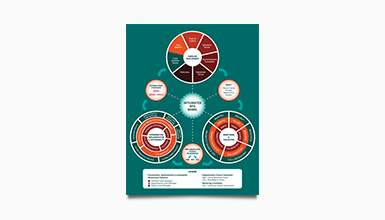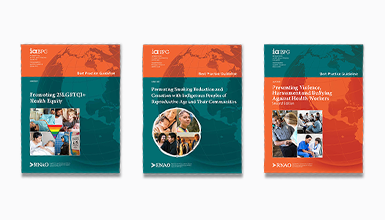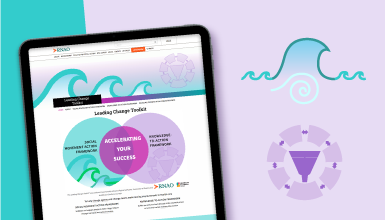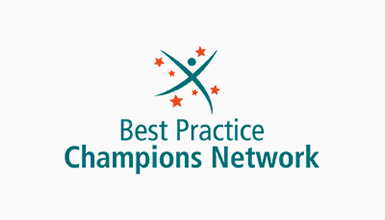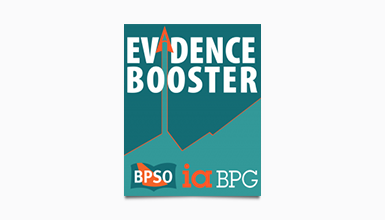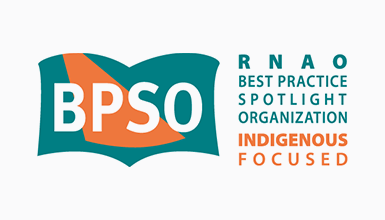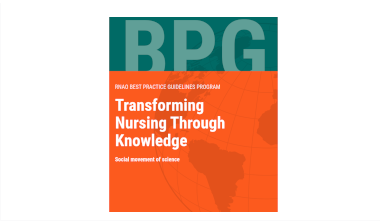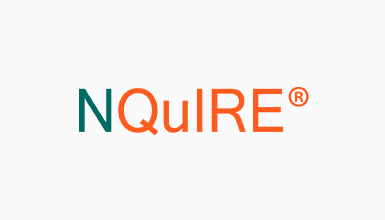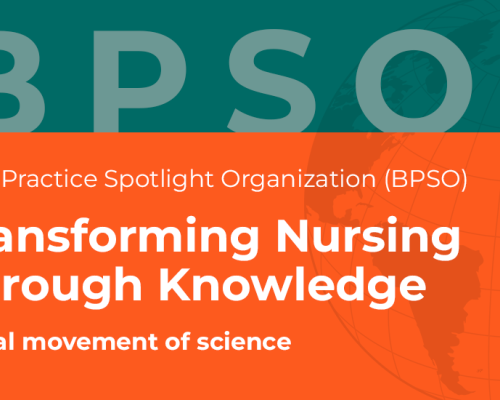
BPSO
The goal of this program is to create evidence-based practice cultures through systematic implementation and evaluation of multiple RNAO clinical BPGs.
What is a BPSO?
The Best Practice Spotlight Organization® (BPSO®) designation is a longstanding knowledge translation strategy that helps optimize health outcomes at the individual, organizational and health system levels. This program gives health service and academic organizations the opportunity to formally partner with RNAO – or an approved "Host" organization – to achieve “designation” as a BPSO. The BPSO designation can then be renewed every two years after meeting specific deliverables.
This internationally-renowned program’s strategic approach has been proven to trigger evidence-based cultures, improve patient experience and health outcomes, lower cost of care by preventing complications, and enrich staff satisfaction.
Upcoming events and latest news
Why BPSO?
- Transforms care and improves outcomes
- Energizes your team and builds front-line ownership
- Connects you with the global BPSO network
- It's free of charge!
Global BPSO network
BPSOs in action
Best Practice Spotlight Organization (BPSO) program
Proposal Information Session
BPSO Designation Ceremony
Impact
“BPSO is ingrained into the fabric of our organization. Why are we doing this work? Because it's the right thing to do and it's something to celebrate."
“The BPSO program provided a well-structured opportunity to weave culture, change and addressing health issues that are relevant to our region and the clients we serve.”
“The BPSO program allows us to build on our success in meeting standards for exceptional quality and patient safety. It lets us focus on continuous learning and improvement.”
